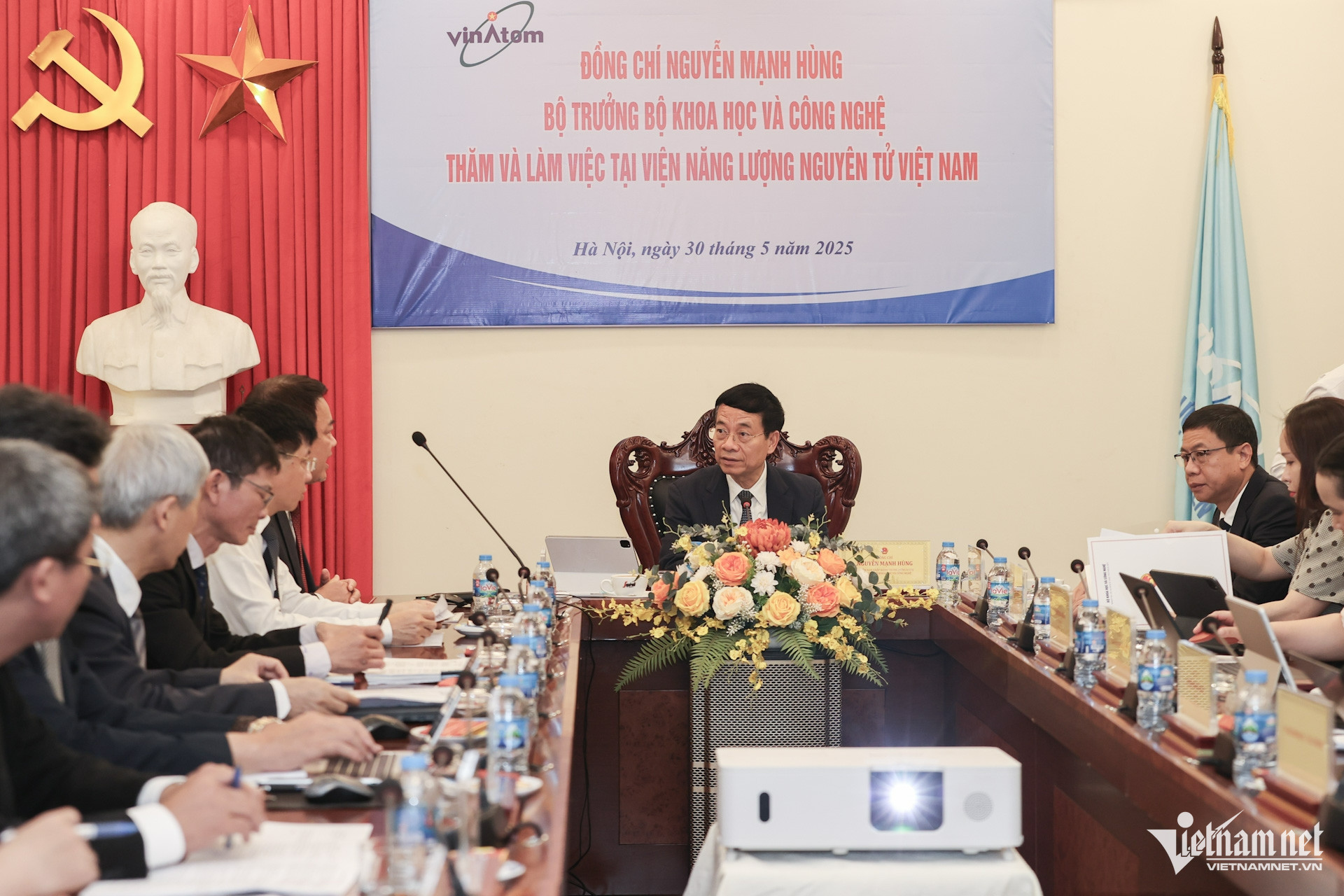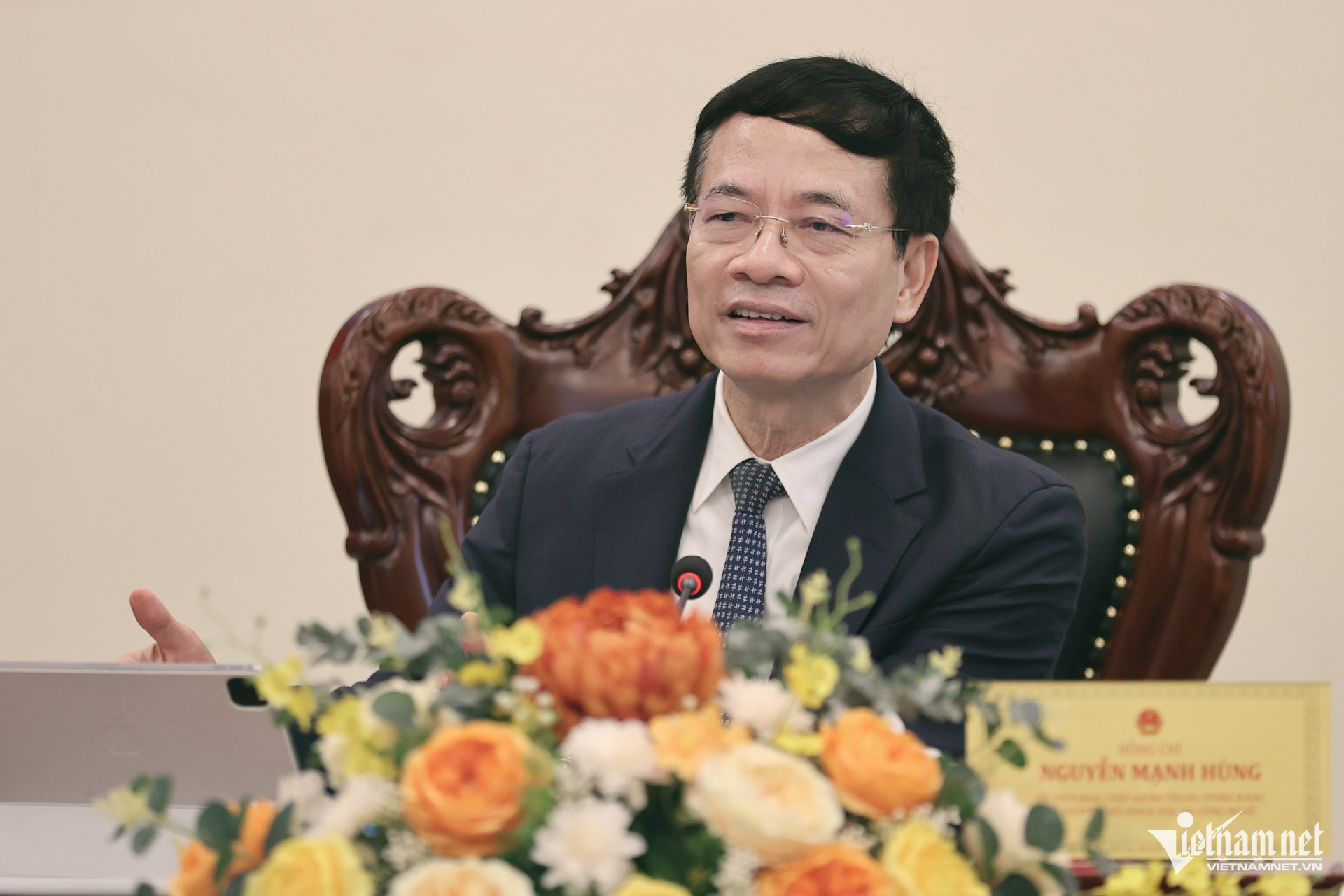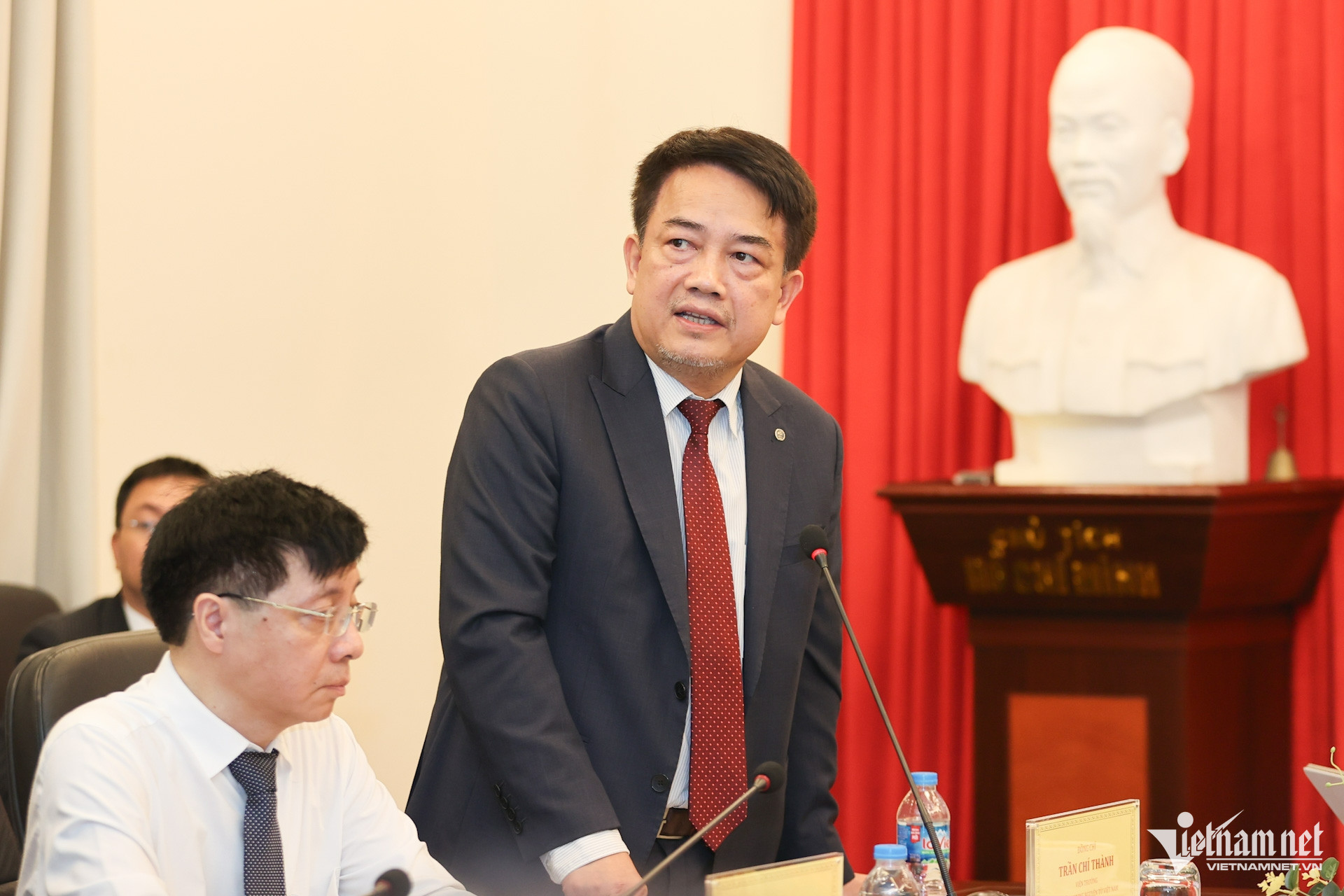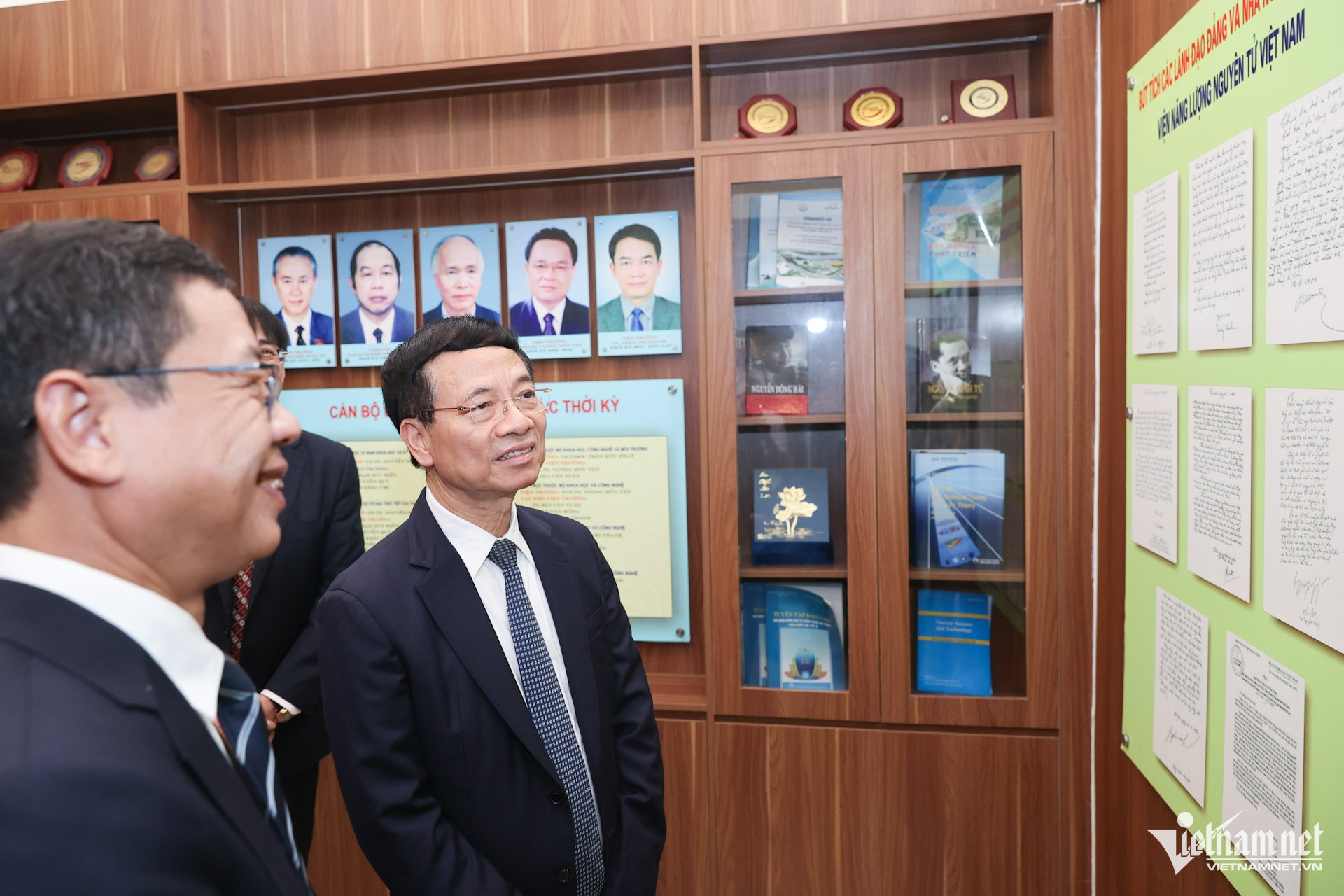On May 30, Minister of Science and Technology Nguyen Manh Hung met with the Vietnam Atomic Energy Institute (VINATOM).
According to Director Tran Chi Thanh, VINATOM has achieved notable results over the past five years. Among the highlights are the research and production of radiopharmaceuticals for cancer diagnosis and treatment at major hospitals; irradiation of products for export; successful testing of uranium ore processing, technical-grade uranium production, impurity purification, UO₂ powder preparation, and fabrication of UO₂ ceramic with properties close to nuclear fuel ceramics. The Institute has also mastered rare earth ore processing and successfully extracted and purified rare earth oxides to a purity of 99.99%.
VINATOM's revenue has grown significantly, reaching VND 441.39 billion (approximately USD 17.4 million) in 2024, up 45% from VND 301.2 billion (USD 11.9 million) in 2020.
To enhance research effectiveness and master technologies, VINATOM requires further state investment in modern laboratories, advanced equipment, and policies that empower its units to independently make investments.
A call to think differently

During the meeting, Minister Hung encouraged a new mindset and approach toward the Institute’s operations. When VINATOM leadership cited difficulties in securing research investment, he challenged them: “Have you ever done it? Have you even thought about doing it?”
“I don’t want us to keep discussing reasons why things can’t be done. That mindset gets us nowhere. Let’s focus on why we can do it,” he stressed.
He cited the example of radiation detectors, which account for 30% of the cost of radiation monitoring systems. While most parts of these systems are domestically produced, detectors must still be imported. “Has the Institute ever thought about producing this device?” he asked.
“America didn’t have ‘aliens’ teaching them how to build nuclear power and rockets. They started from nothing and had to experiment,” the Minister said. “History shows you need 300 rocket test launches to succeed. Vietnam succeeded with just 126. We didn’t know anything at the start either - we had to fumble our way through.”
Minister Hung encouraged the team: “We must believe in the impossible. Only through doing do we learn. Technology comes from trial and error.”
He emphasized that deciding to pursue a technology must be based on assessing its importance, necessity, and demand. “If this technology becomes essential in emergencies and no one will sell it to us, then we must be determined to develop it ourselves.”
Mastering strategic technologies: SMRs and rare earths

Looking ahead, Minister Hung directed VINATOM to become Vietnam’s leading research and development center - and the ASEAN leader - in nuclear energy.
Currently, nuclear power accounts for 10-15% of global electricity production. Countries worldwide aim to increase nuclear to 10-30% of their national energy mix. Vietnam has set its sights on mastering nuclear technology.
Nuclear energy is returning not only as a solution for energy needs but also as a strategic technological and green economic initiative. In this context, “SMR technology is emerging as a next-generation solution. Why isn’t VINATOM working on it?” the Minister questioned.
He elaborated: “As a new technology, global SMR legislation is still lacking. We can become a sandbox for those developing it. Now is the best time to receive technology transfer.”
“SMRs are Vietnam’s opportunity in the nuclear energy industry. VINATOM, as the nation’s largest nuclear institution, must boldly take on major responsibilities,” Minister Hung stated.

Inspired by the Minister, Director Tran Chi Thanh responded, “We are ready to take on the responsibility of mastering and applying nuclear energy technology. With the government's support, we are determined to succeed.”
Minister Hung also highlighted rare earths as another area of immense potential. He instructed VINATOM to partner with resource-holding companies such as the Vietnam National Coal and Mineral Industries Group to develop extraction and processing technologies.
Rare earth elements are critical to industries including healthcare, agriculture, defense, and electronics. They are used in electric vehicle motors, phosphors, catalysts, superconductors, and military equipment. Vietnam currently has over 22 million tons of rare earth reserves, ranking second globally.
The Minister proposed including rare earth extraction and SMR technologies in Vietnam’s national strategic technology list.

At a May 29 meeting of the Central Steering Committee on Science, Technology, Innovation, and Digital Transformation, General Secretary To Lam tasked the Ministry of Science and Technology with urgently coordinating with other ministries, agencies, and the National Advisory Council to finalize this strategic technology list.
VINATOM traces its origins to the Dalat Nuclear Research Institute, established in 1976. In the past, it had a prominent regional role. With its 50-year history and significant scale, Minister Hung urged the Institute to reassess its mission and vision for the future.
He posed thought-provoking questions: “For these new technologies, do we aim to master design, integration, and operation? Will we export experts, services, and technologies abroad? Will we propose science and technology policies for Vietnam’s nuclear energy development? In Vietnam’s 2045 vision, what role will VINATOM play?”
“If we don't adapt, what will become of us as the country undergoes massive changes by 2035 or 2045?” Minister Hung concluded, reaffirming the goal for VINATOM to become “the leading nuclear research institute in ASEAN.”
Pham Huyen & Le Anh Dung